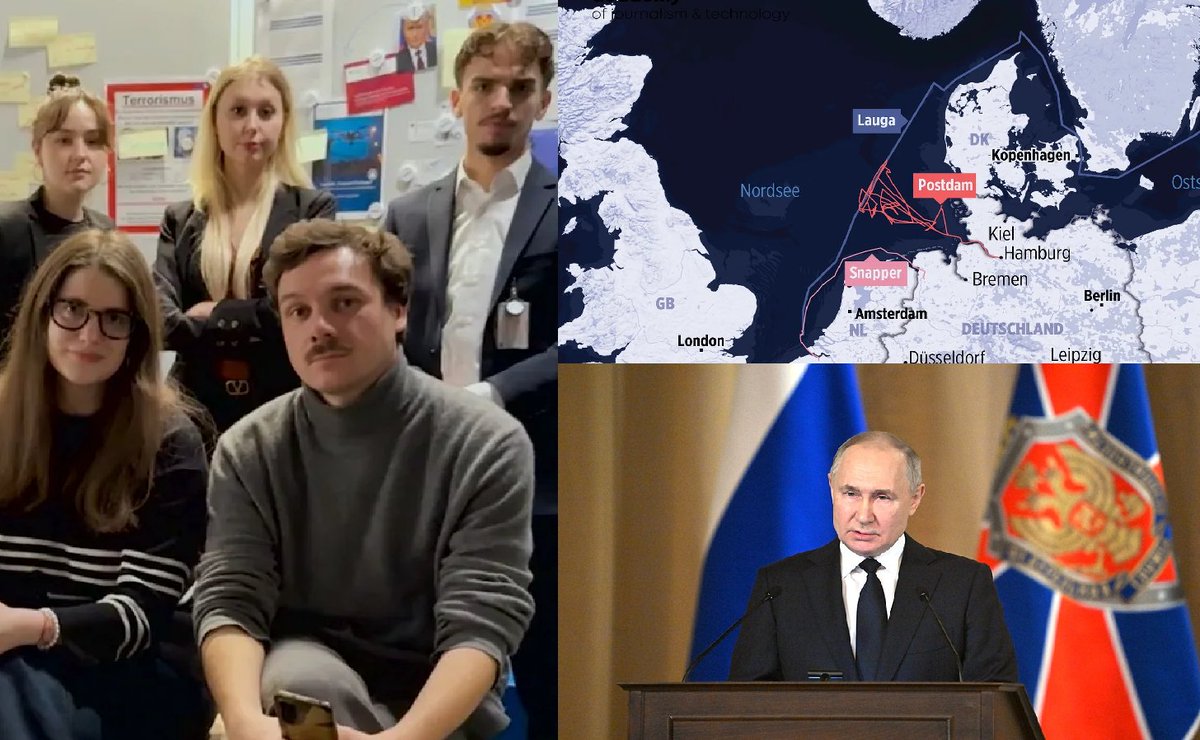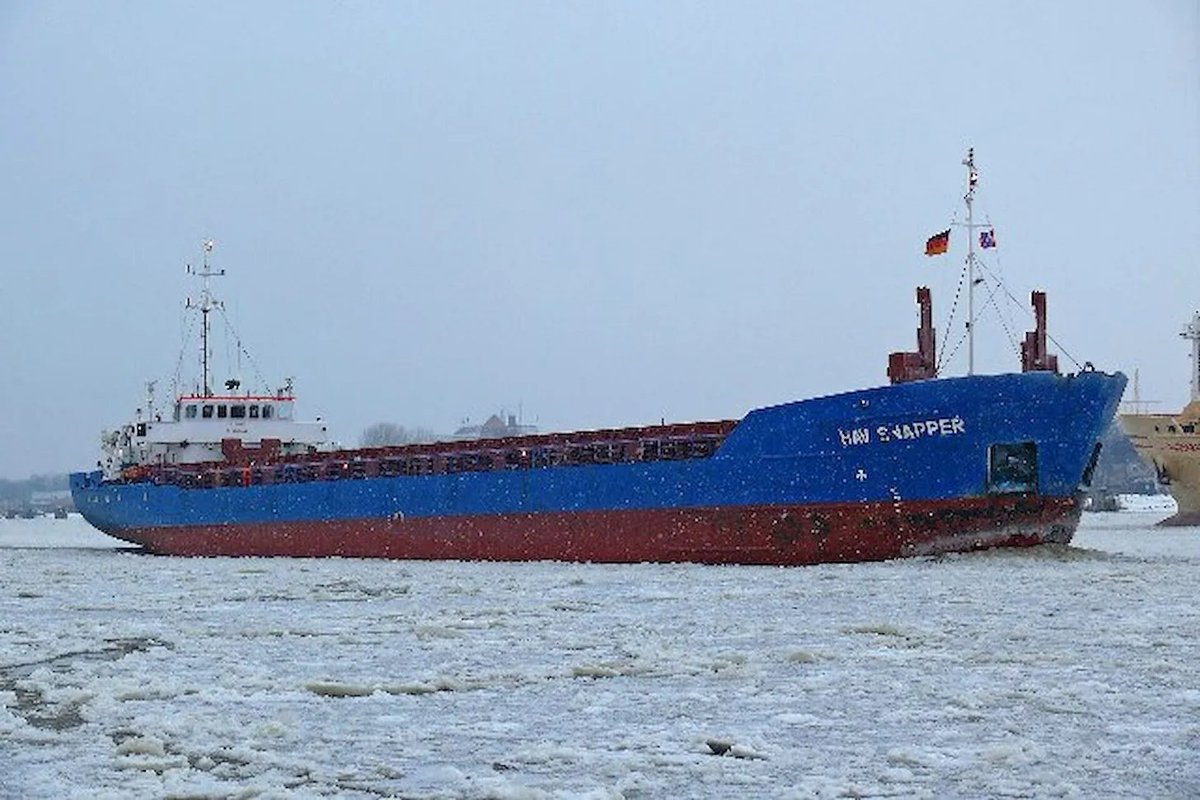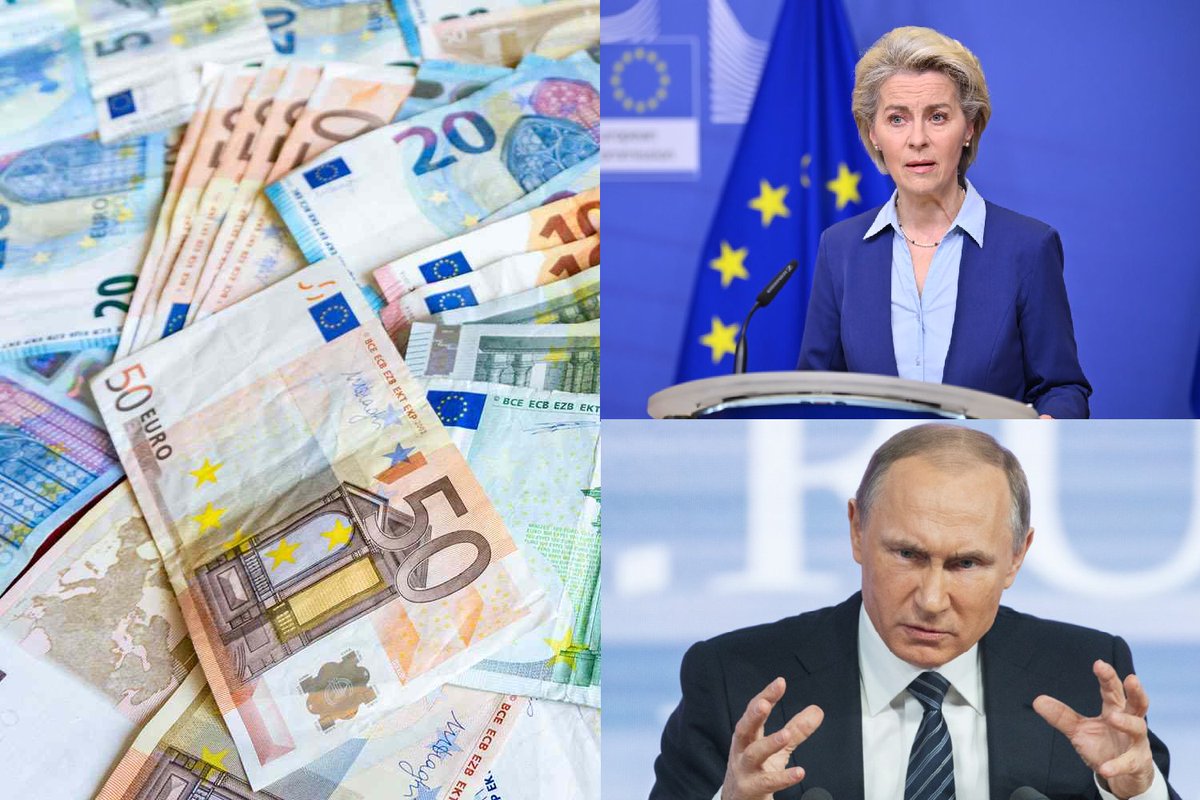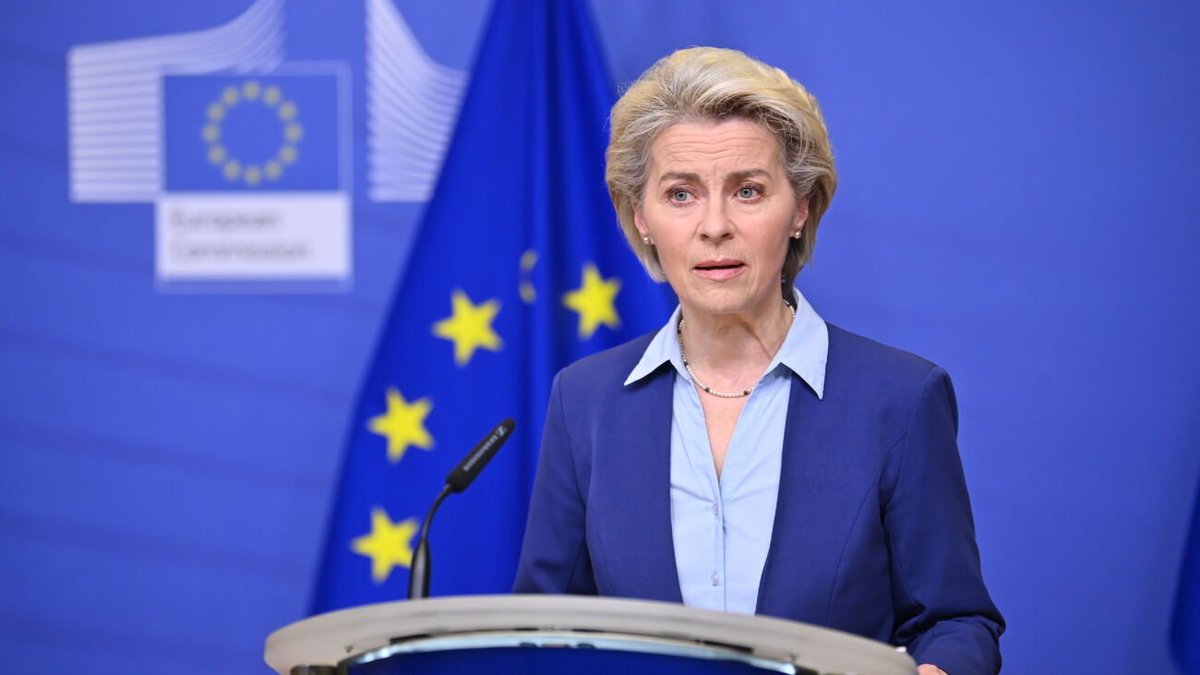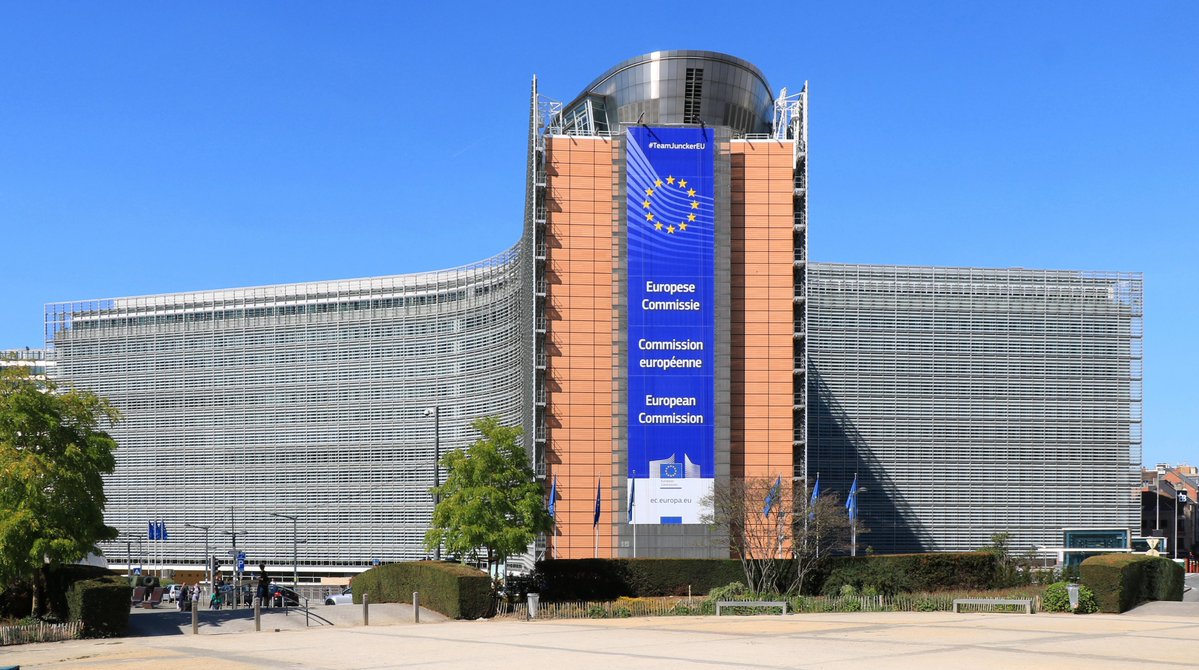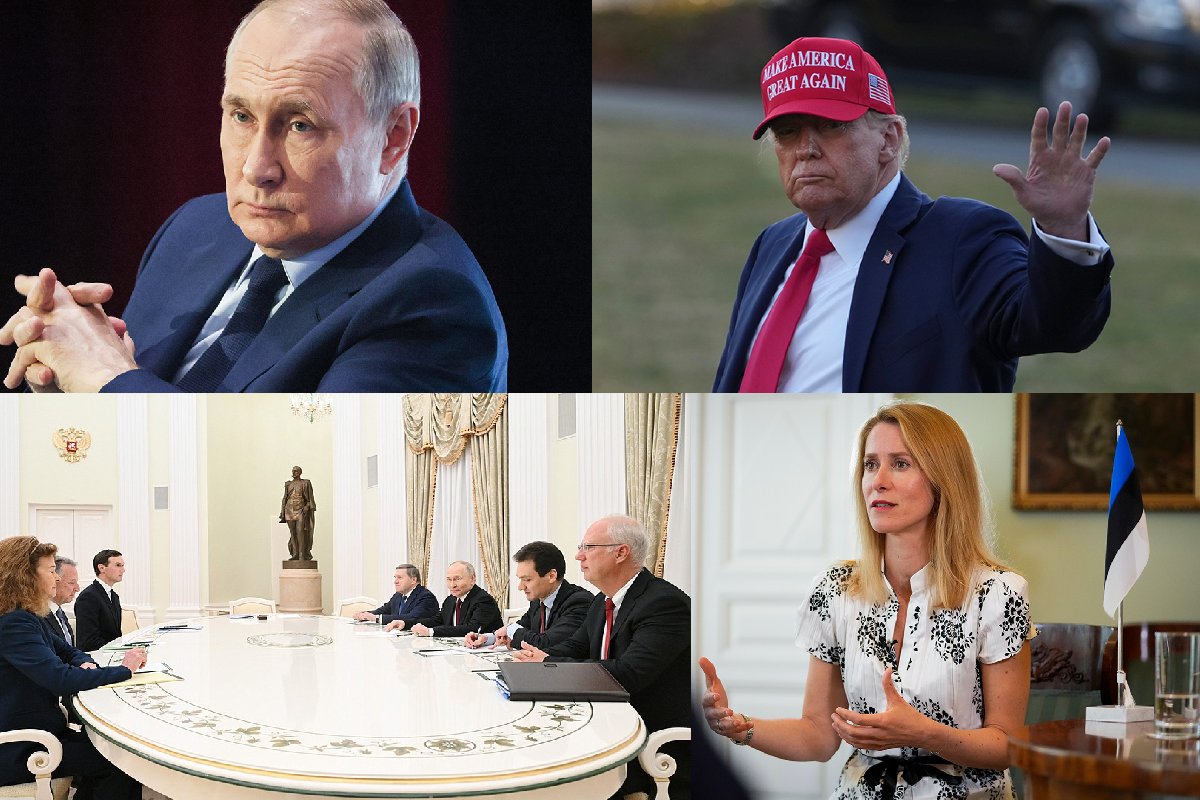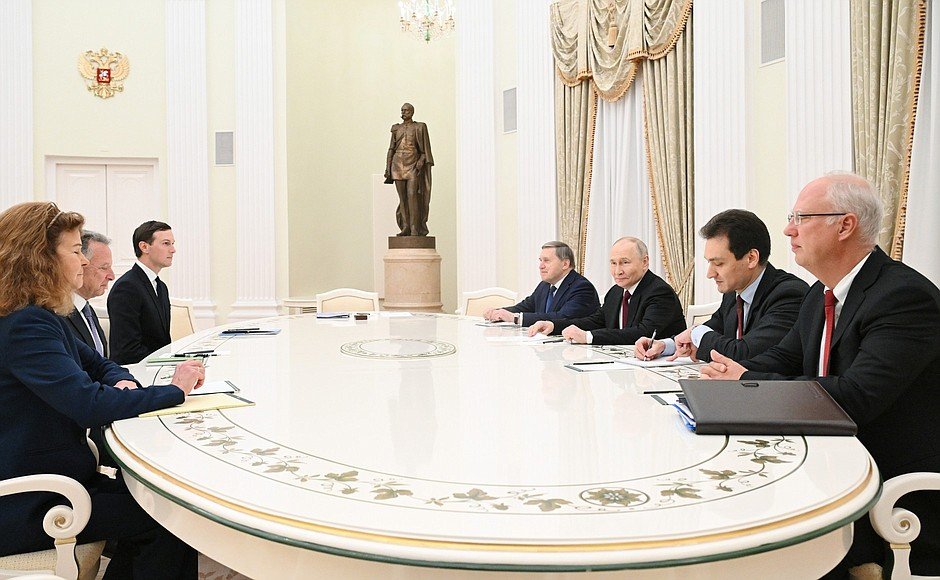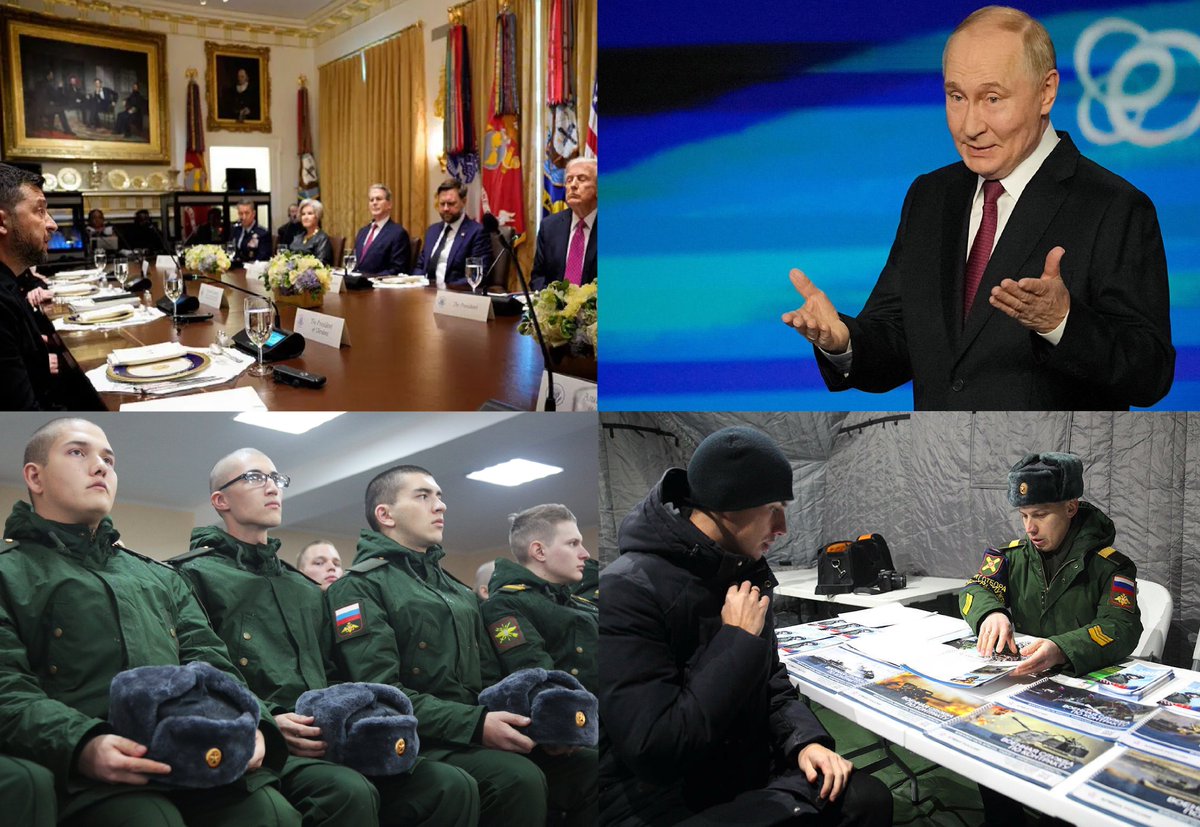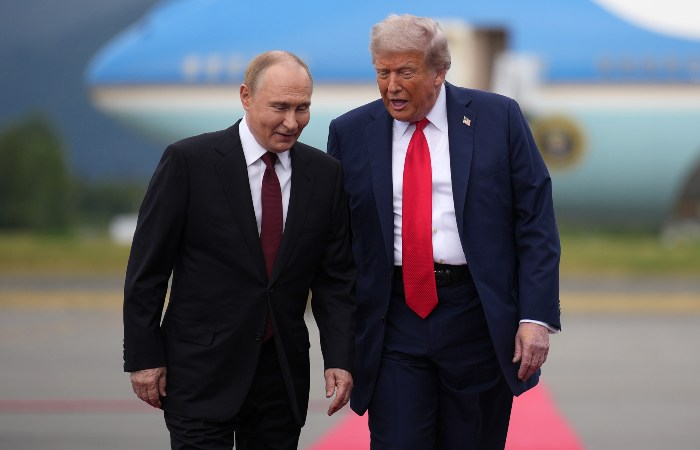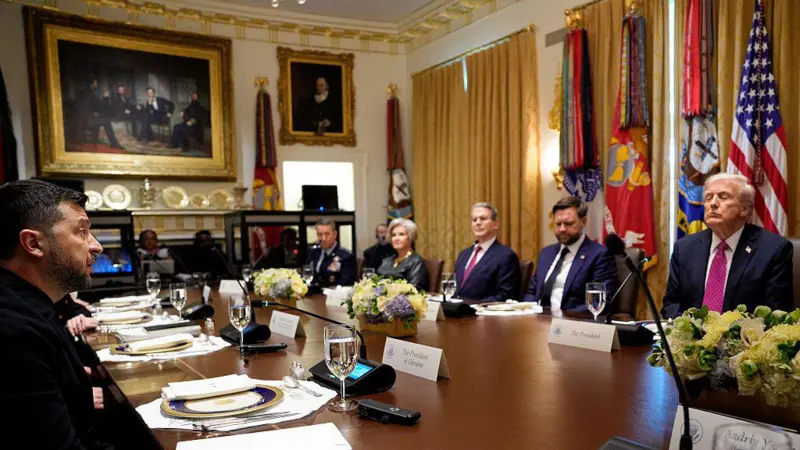The FSB has allowed the largest data leak. It's not just about the electronic documents that were published by "Important Stories" and "Ukrainian Truth", but the Ukrainian side has also gotten its hands on the documentation of all Russian structures in the Kursk region.
1/13
1/13

The fleeing Russians left everything behind, including top secret documents. According to the leadership, they were supposed to burn the most sensitive documents to prevent them from leaking, but they didn't. Most of the documents were handed over to journalist Dmytro
2/13
2/13

Karpenko, who is publishing them in parts on his Telegram and YouTube channels. What's more interesting is not the facts associated with them, but the lies they contain. The Russian leadership has long relied on the FSB, just as the USSR relied on the NKVD, the KGB, and
3/13
3/13

everything before and after. The security forces have always served as the main lever of influence on both the people and intra-party relations. Throughout the years of their existence in Russia, the security agencies, in order to justify their existence, their work and
4/13
4/13

usefulness, are constantly busy looking for external and internal enemies. The atmosphere of paranoia in these structures is the fundamental driving force. The documents obtained reveal the network of lies in the FSB and how it spreads from the very bottom of the chain from
5/13
5/13

the officer's report to the very top on Putin's desk. Agent messages, questionnaires of recruited agents, denunciations and reports - they are all united by a common tendency to lie in those who prepared these documents. In an attempt to get a medal or a prize for uncovering
6/13
6/13

a secret chain of foreign agents, FSB officers conduct investigative activities, creating the appearance of vigorous activity. However, relying on the false reports of his special services, Putin at some point decided that he would be met with flowers in Ukraine. Putin
7/13
7/13

really believes the information that is reported to him up the chain. He believes in anti-Russian conspiracies of the Anglo-Saxons and the incredible successes of Russia, crucified boys, NATO mercenaries and other nonsense because this is what the FSB agent networks report
8/13
8/13

to him. Thus, one of the reports said that Ukraine is recruiting children under 16 and pensioners over 65 into its "volunteer units" in order to later present them as victims of the conflict. The training of these units is conducted by an English-speaking instructor from
9/13
9/13

Wales. Another agent wrote about the "Azov children's camps". The atmosphere of paranoia is the main feature of the FSB. A normal, healthy person could never work in the Russian security forces. They recruit a certain type of people. If there is no external and internal
10/13
10/13

enemy, there is no point in the security forces. Therefore, they invent one for themselves and "take him into development", writing crazy reports, based on which Putin runs the country. He seriously believes in hordes of neo-Nazis marching through Ukrainian cities,
11/13
11/13
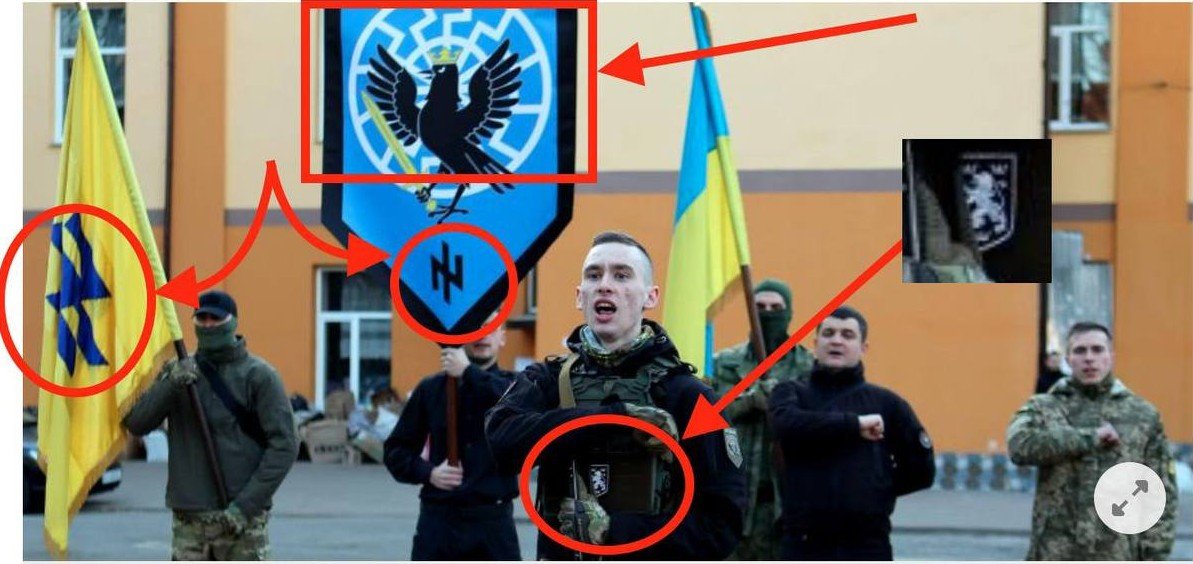
secret NATO bio-labs and conspiracy theories. Based on these reports, Putin did not expect to encounter resistance in Ukraine and did not know the real state of his army. He probably does not know the real state of his nuclear forces either.
12/13
12/13

• • •
Missing some Tweet in this thread? You can try to
force a refresh


